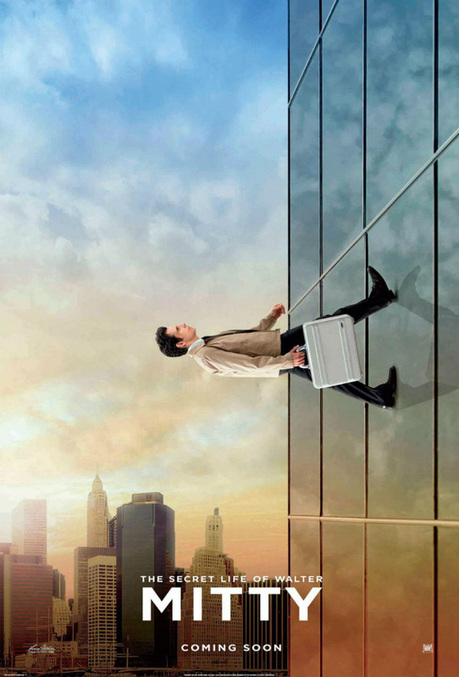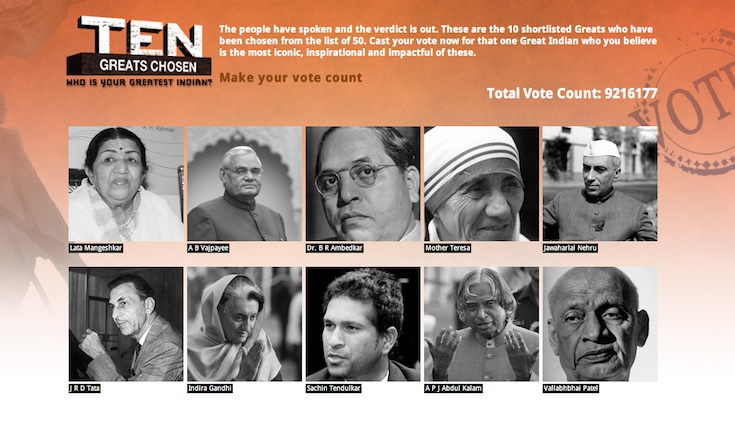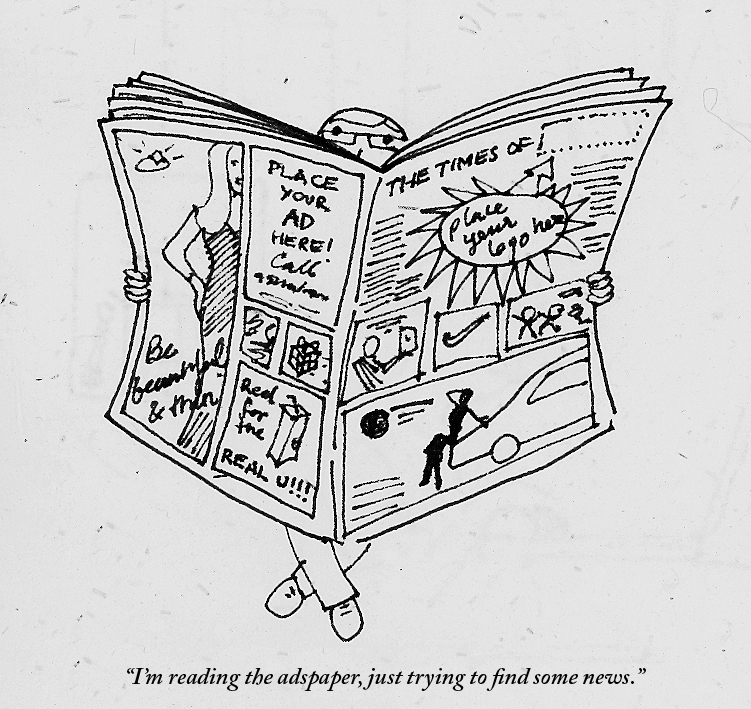|
Today I saw The Secret Life Of Walter Mitty. A lovely, moving film, based on a short story by James Thurber. It touches many topics, directly and indirectly. Millions of people spend their lives behind a desk, never striking out on their own, never taking a risk, living lives of soul-crushing anonymity. But that’s not the issue I’m talking about. No ma’am. The movie shows the death the printed version of Life magazine. From Life in paper, it becomes Life dot com. Behind that not-so-smooth transition, many lives (pun unintended) are turned upside down by the heartless, relentless march of technology. It takes many people to make a magazine, or for that matter, any published material. Most people never understand the pain, handwork and joy that go into creating something, especially something that will be printed. Because print has an air of finality. It can’t be coded to make a correction later. There is no option to upload a new file. Written in ink equals written in stone.
Because of print’s highly demanding nature, there are many different people, each a vital performer, involved in the art of printing and publishing. Did you ever guess that there is someone like Walter Mitty, sitting in his dark room of negatives, sifting through hundreds of little images? He knows them like old friends. There is someone who colour corrects, sharpens and touches up every single image you see in any publication worth its ink. There is someone who composes the pages for print on the offset machine. Each of these people are small cogs in the larger machine. Individuals with expert, specialised knowledge. Unless you work directly with them, there is no access to that amazing tradition and well of knowledge. They never get much credit. The magazine always stands between them and the viewer, like a wall. I’m not bemoaning the rise of digital media, far from it. I love the internet, and all the information, entertainment and cat videos it houses. I’m only wondering if we are losing a entire generation of people, and with them, the knowledge and skill they had, for all time. That knowledge is of no use to us, for sure, but their stories deserve to be told. Walter Mitty tells us one such story. You can see Life online, with more photographs than ever before. But if you hold a Life magazine in your hands, you will see so much more. Behind each image, you can see a quiet person, staring at photographs for hours, checking their quality, so that you gasp wow!, and turn the page.
2 Comments
Have you heard of the CNN-IBN initiative called The Greatest Indian? They are trying to find the greatest Indian since Gandhi. The very concept of this episode reflects on us, as a nation. We don't have any real heroes after Gandhi. If we have such a program , it means we are desperately in search of a new hero. This is no surprise. Most of our heroes are from cricket, or Bollywood, or politics, or cricket (did I mention cricket already?). And there is a real dearth of heroines. I mean real women, doing real work, not those cast in the 'fair and lovely' mold. It's not that they don't exist, it's just that the media is too busy showing us the Bollywood ones.
Some of you may ask, "What happened to Gandhi?" Well, a country can't keep harping about the one and the same great soul after more than half a century. While I personally admire Gandhi and his philosophy greatly, the 'simple living' he advocates is not popular among most middle and upper class Indians today. Who wants to consume less when there are so many mindless malls dotting our cities? Who is going to clean his or her own toilet (forget about the streets), when there are bais, a dime a dozen? Ironically, you can often see Gandhi's portrait in government offices and police stations, precisely the places where Gandhi's principles are shamelessly flouted, with large sums of money changing hands below (and even above) the table. Gandhi stoically looks upon all these transactions from his glass frame. He is still on many of our stamps. He has been reduced to just that, a half-inch chit of paper. If he saw the country he fought for, he would probably weep. CNN-IBN has drawn up a list of 50 people, and 'we the people' can vote for the top 10, and then finally that one glorious soul as well. Of course, there is a panel of distinguished judges whose vote will count too . Now this is a tough one, because you can't really compare the achievements of a Birla with an M.S. Subbalaxshmi. While some are nation and institution builders, others are social workers, and still others are intellectual stalwarts, entrepreneurs, military heroes, or artists and musicians. It takes all kinds to make this world. R.K. Laxman has contributed something great to our country for over 60 years, so has Kurien or B.K.S. Iyengar. Not all achievements are concrete and tangible. When we choose one of these great people, it is not a reflection on them, but rather, a reflection on us. Every person has a different definition of 'greatness'. There are countless ways to measure contributions to the nation. This is the list of 10 people. The upside of this watching this program is that one learns a lot about these people, and I realized I was badly informed about many of them, such as M.S. Swaminathan. Definitely, each figure here is inspiring in his or her own way. To give any one of them the tag of ‘The Greatest Indian’ is a tough task. At the core of it, this whole quest is a bit senseless. After mulling over the list, I realized that we don't have to look that far to find the greatest Indian. In today's India, the greatest Indian is the common woman and man of India. Because they haven't yet given up on their country (though some have). It's the 'bai' that works in your home, because she struggles daily against odds, to work, to earn, to eat, to keep her kids in a school. The greatest Indian is the laborer tarring the road in the heat of summer. He has come from some distant village. It's the farmer, planting rice day after day. It's the aged fruit seller round the corner, who comes daily and sits with papayas and oranges. The greatest Indians are everywhere – we just need the eyes to see them. These heroes are above votes. Edited by Urmilla Chandran The internet has pampered us sufficiently into believing that content is as free as the air we breathe (even if the latter is polluted as hell). There was a time in the pre-internet days when one had to pay to read. We still pay to read magazines, books, and the newspaper. The newspapers manage to keep it cheap because the advertisers are paying them. We pay just a few rupees because a corporation has paid a few crores to place their advertisement there.
Some sites with good quality content don't wish to sell out completely to advertisers, and they charge for articles. The New York Times does that, as does The New Yorker. While initially it seems putting-off to a reader, in time it makes sense. No one can write for a living for free. And news, or content, like any other commodity or form of entertainment, comes with a price. If you like what you see, you got to pay to have it. And when there is so much not-so-great content out there, the guys who write quality stuff either have to show you ads to survive, or charge you some money. Speaking ads in your face, the Indian press media take it new heights daily. On any given day there are 3 to 4 full page ads in the Times of India. Earlier, we spotted ads in-between the news, and they stood out, because they were few. Nowadays, we spot news items between the ads. So you may have starving Bangadeshis rubbing shoulders with Katrina selling diamonds. Should there be some kind of rule on the amount a paper can advertise? More importantly, is the corporate world deciding what news gets showcased? Don't get me wrong, I have nothing against ads, but I think there can be a better balance. Advertising needs to realize its role in visual culture, and how it affects social values. Our news is stringently edited, while our advertising is not. News and advertising offer us two different kinds of information, and the line between them is blurring. How much news is still objective, is a matter of great debate. How much advertising does not tell us a lie, is a matter of no debate, its very little. The Greatest Movie Ever Sold talks about a related issue, regarding product placement in the film industry. A creatively made, but entertaining and somewhat radical documentary, it's definitely worth a watch. If there can be a city without ads, there is no reason a newspaper can have a few less too. |
Archives
June 2018
Categories
All
LinksThe New Yorker Old Blogs |



 RSS Feed
RSS Feed
